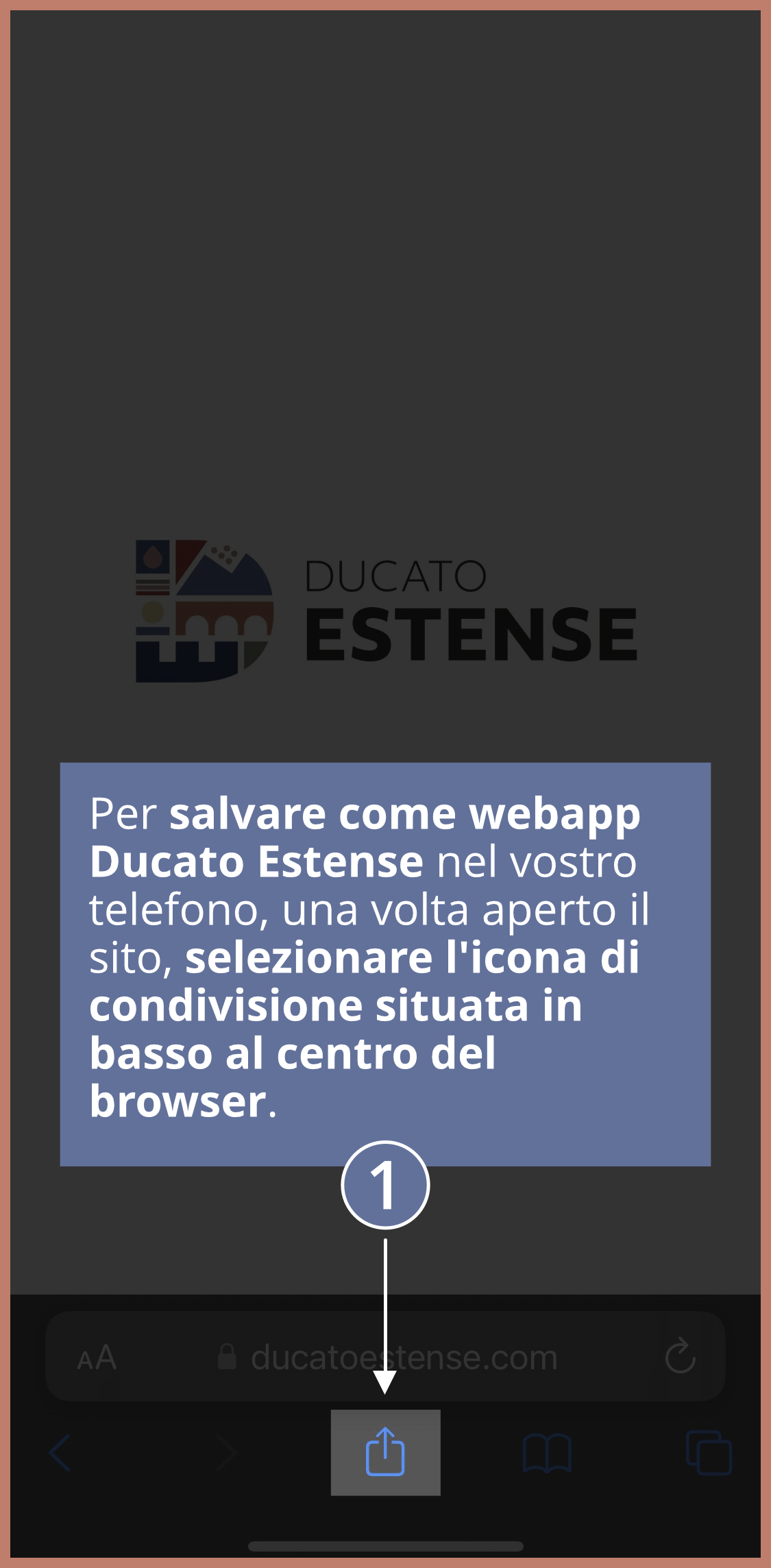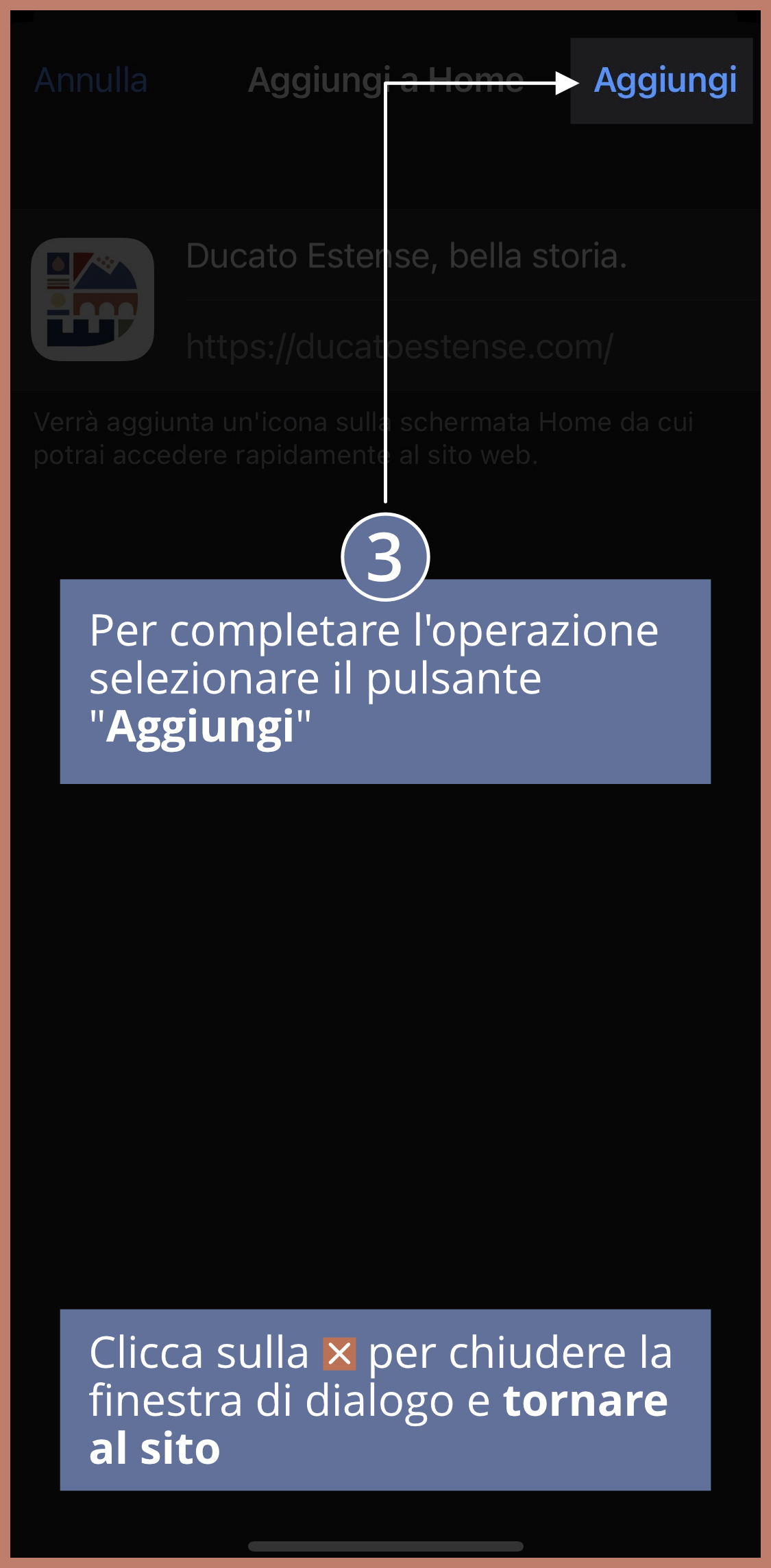In 1674 Francesco II reached the age of fourteen and, upon reaching maturity, ousted his mother Laura Martinozzi by assuming the government of the Duchy, this painting depicts him a few years later at the age of about 15-20. The painting may therefore be one of the first official portraits of Francesco II as a duke, in fact he is depicted in a typical ‘parade’ effigy that was the public image of a sovereign in which the virtues of the subject and his power are celebrated. Generally an established painter would execute the representative portrait of the sovereign and then it would be reproduced in several copies, often executed by minor painters who would then decorate the original painting according to their personal taste. These copies were sent to other courts and states to spread the image of the sovereign.
Francesco II is portrayed in three-quarter view facing to the right, wearing a shining decorated cuirass from which emerge beautiful finely embroidered sleeves that end in soft, abandoning lace and fabrics enriched with important red bows. In the foreground in his right hand he holds the staff of command, while his left hand rests open on a feathered helmet, and the hilt of a sword can be seen on his left side. The Duke’s gaze is turned to the right outside the painting from where the light comes in and makes his figure emerge from the dark background. Note the authenticity with which the painter paints the shadow created by his right hand. The face, despite being framed by an abundant white and curly wig, shows the Duke’s young age: the features are still delicately adolescent and the serene gaze is devoid of any arrogance or aggressiveness so much so as to appear almost dreamy.
During his 20 years of rule Francesco II devoted himself more to his cultural interests, in particular he was a passionate patron of music, while the weight of political commitments and governmental activities rested on the shoulders of his cousin Cesare Ignazio.
The distance between this portrait and the one painted by Benedetto Gennari around 1690-1694 (Banco BPM Group collection, inv. BSG-1003), thus a few years after the Duke’s death in 1694, is evident. Twenty years passed between the young Francesco who had just become Duke and the man with the melancholic and perhaps suffering gaze that we find at the end of his life.







